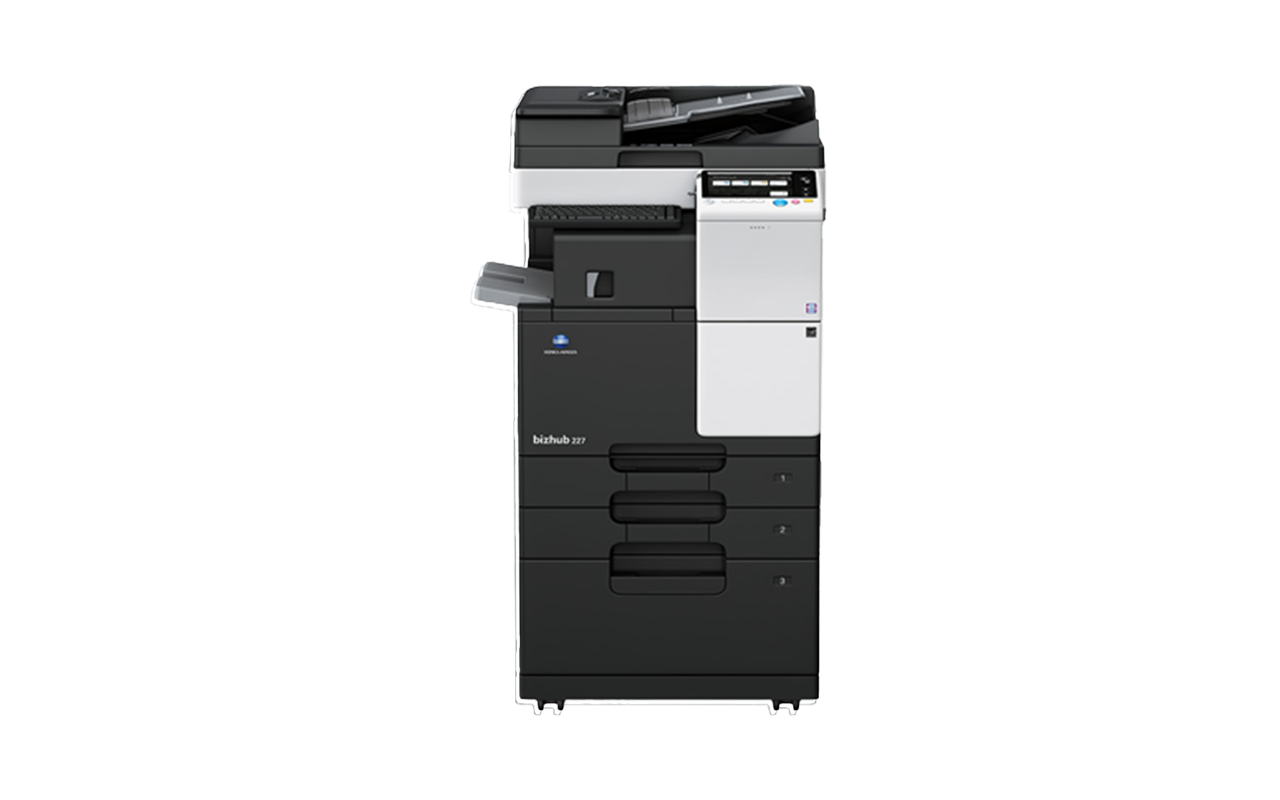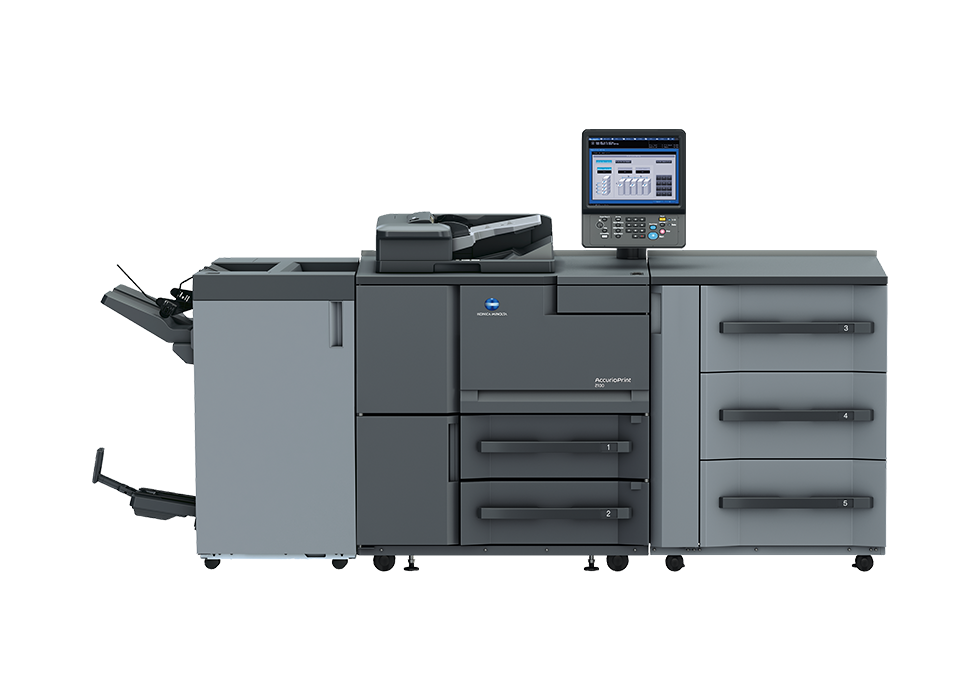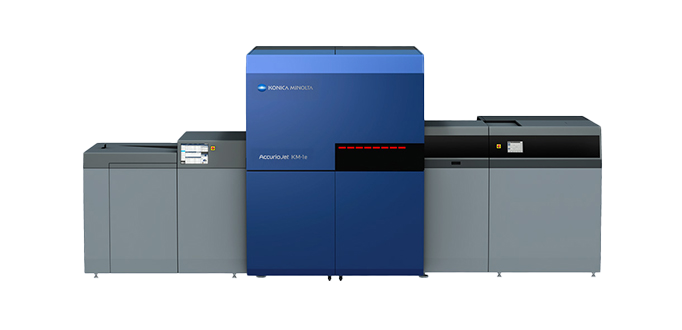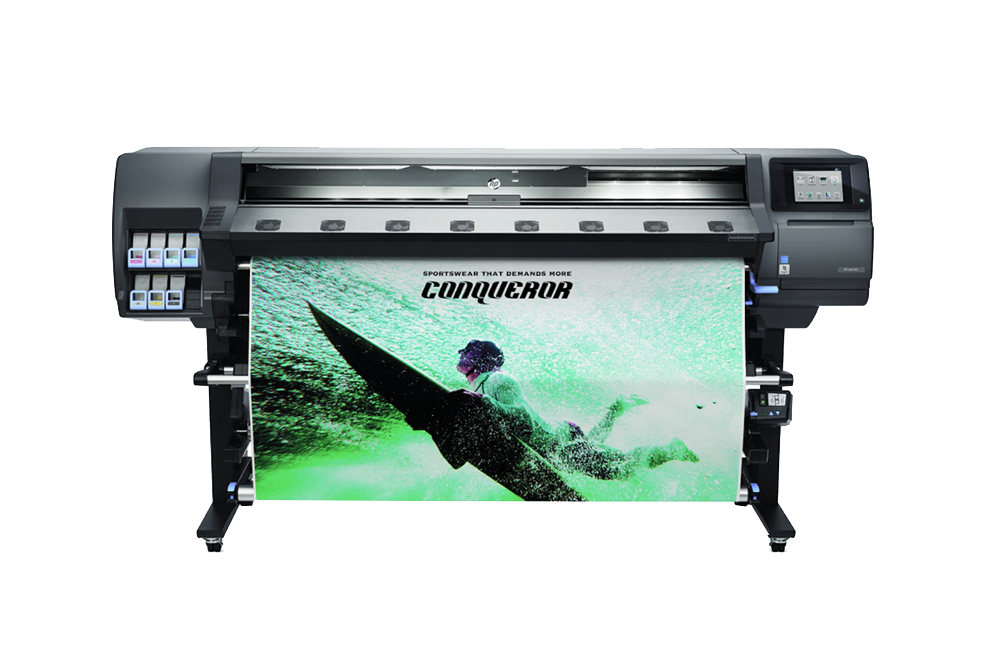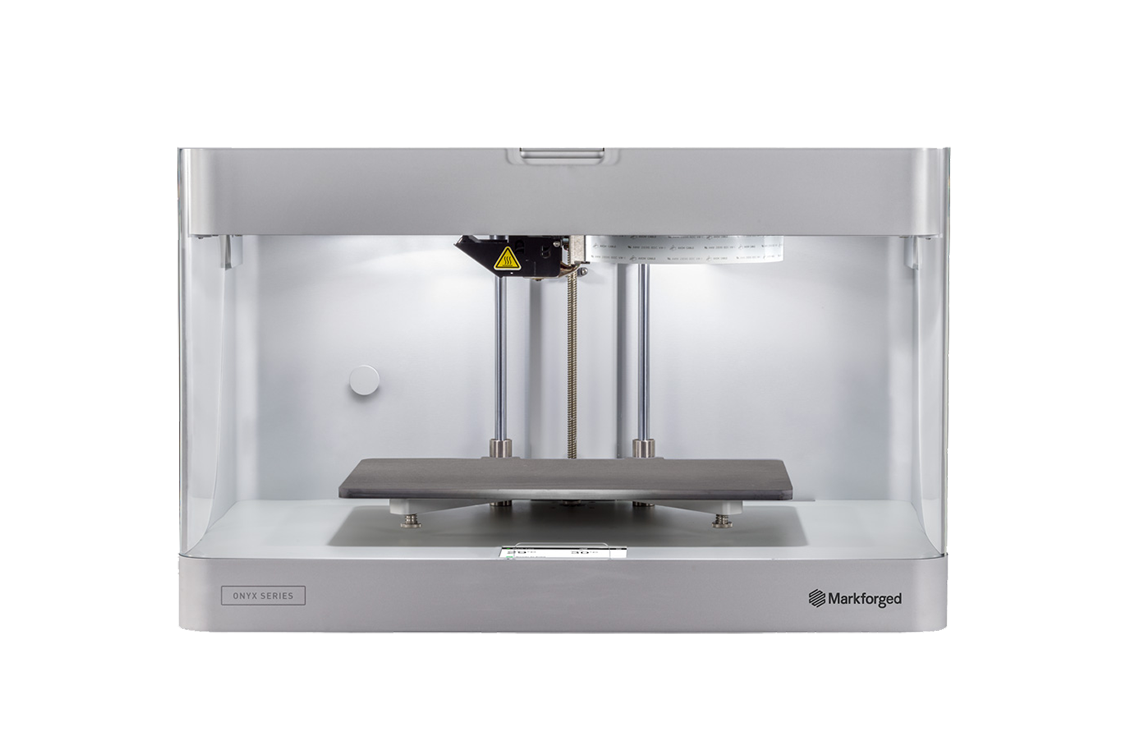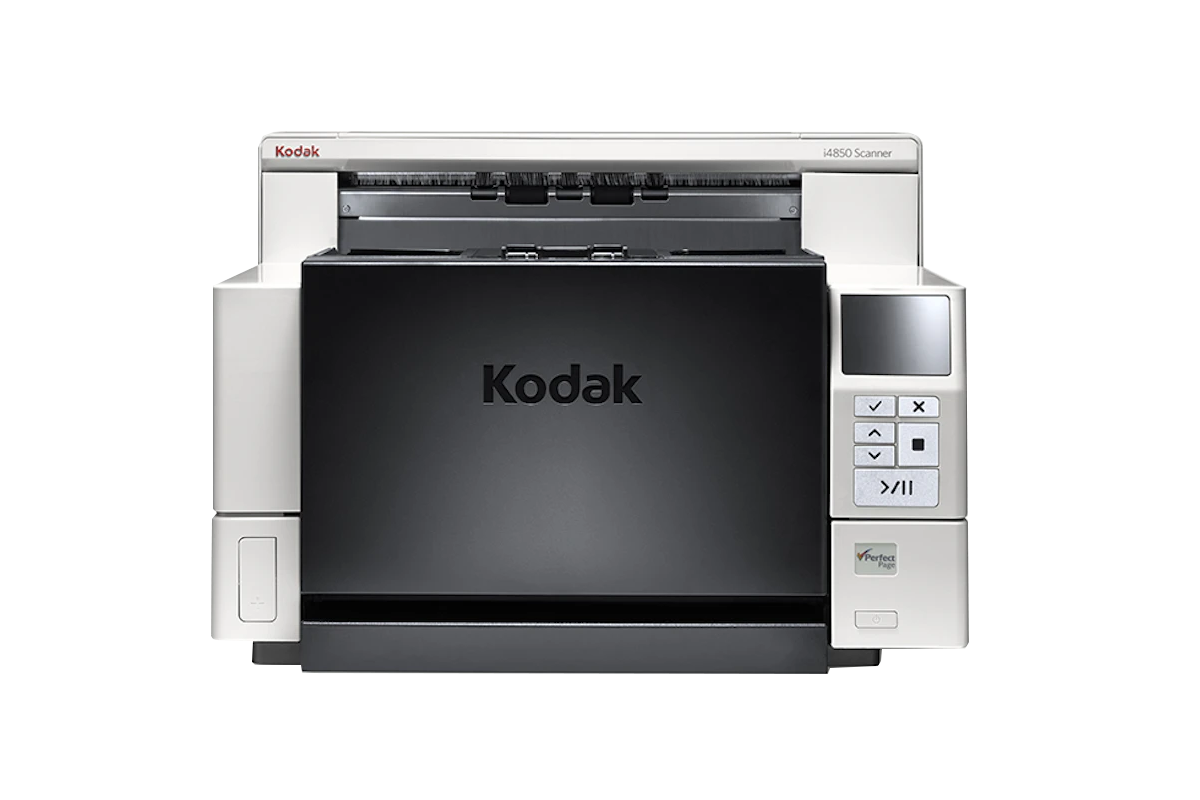From invoices and forms to dockets and receipts, businesses rely on physical paperwork every day. This creates a myriad of challenges from how to find those paper-based documents again when you need them to using the data in those documents for better business decisions.
Businesses that rely on paperwork often have to manage huge archives. In some companies this looks like a row of filing cabinets stacked against a wall. In others, it’s a pile of cardboard boxes in the underground carpark. Some manage an offsite storage facility for their archived documents.
Regardless of the method, the outcome is the same; if someone needs a document, they need to physically access those files and flip through them until they come to the document they’re looking for.
This wastes time and creates unnecessary storage costs for businesses.
Your business can overcome these challenges by implementing a digitalisation and smart document capture solution.
Here’s how it works:
As paper-based documents come into the business, you can scan them into your system using optical character recognition (OCR) technology. This instantly makes the scanned documents searchable. You can set up automated workflows or manually save those documents to the appropriate location. Then you can work with them as you would with any other electronic document.
This simple solution can deliver significant benefits to your business. Here are just five of them:
1. No more physical archives
Regardless of whether you need to hang onto documents for seven years, 15 years, or more due to the compliance requirements in your industry, storing them digitally means they take up no physical space at all. This means you can get rid of your filing cabinets or cardboard boxes, freeing up valuable real estate in your office.
2. Reduced risk of document loss
Paper-based documents are fragile and easily lost. In a natural disaster, paper often becomes completely ruined, destroying your necessary documents. Furthermore, it’s easy for people to misfile or simply misplace pieces of paper, making it impossible for you to find them when you need them. Electronically-stored documents reduce this risk enormously. Of course, it’s essential to back-up your file shares and content management repositories but, with the easy availability and low-cost of cloud storage solutions, doing so is no longer onerous.
3. Increased security
In an era where privacy legislation requires businesses to keep personal and sensitive documents safe from prying eyes, strong data security and audit capabilities are essential.
When sensitive or important documents are paper-based, it’s impossible to know who’s seen them. People can easily photocopy a hardcopy document and you would never know. However, when documents are stored electronically, they can be digitally secured. Password protection makes it impossible for unauthorised people to access the document, while audit trails mean you can see who has accessed the document and who has printed it.
4. Data-driven decision-making
Businesses can use the documents in their systems to conduct targeted analysis, which can yield insights that empower better decision-making. For example, when all invoices and receipts are digitalised, the business can examine these to see which suppliers offer the best terms or lowest prices, which consistently deliver on time, or which ones offer the best early-payment discounts. The business can then preference suppliers based on whatever criteria are most important to the business. When this information is locked down on hardcopy paper, such data analysis would be so time consuming as to be hardly worth it.
5. Massive time savings
Managing paper-based documents and workflows takes time and slows down workflows. For example, if three people in an organisation need to review and approve an invoice before it can be paid, the time it takes to circulate the paper-based invoice and collect the appropriate signatures can add up to hours, if not days and weeks. If someone is working outside the office or travelling, this time can be extended even further, as they need to be in the office to sign the approval. However, when these documents are digitalised and part of a workflow, the circulation happens automatically and documents can be signed off from anywhere in the world. This saves time, ensures actions happen when they need to, and reduces the burden on office managers to keep track of pieces of paper.
It’s important to remember that digitalising your documents is only part of the puzzle. It’s also essential to choose the right content management system to ensure you’re making the most of your data and documents.
For more information on how Konica Minolta can help, contact us today.
 Find the perfect printer for your business
Read more
Find the perfect printer for your business
Read more
 Elevate your print & information technology with Insight Hub
Read more
Elevate your print & information technology with Insight Hub
Read more
